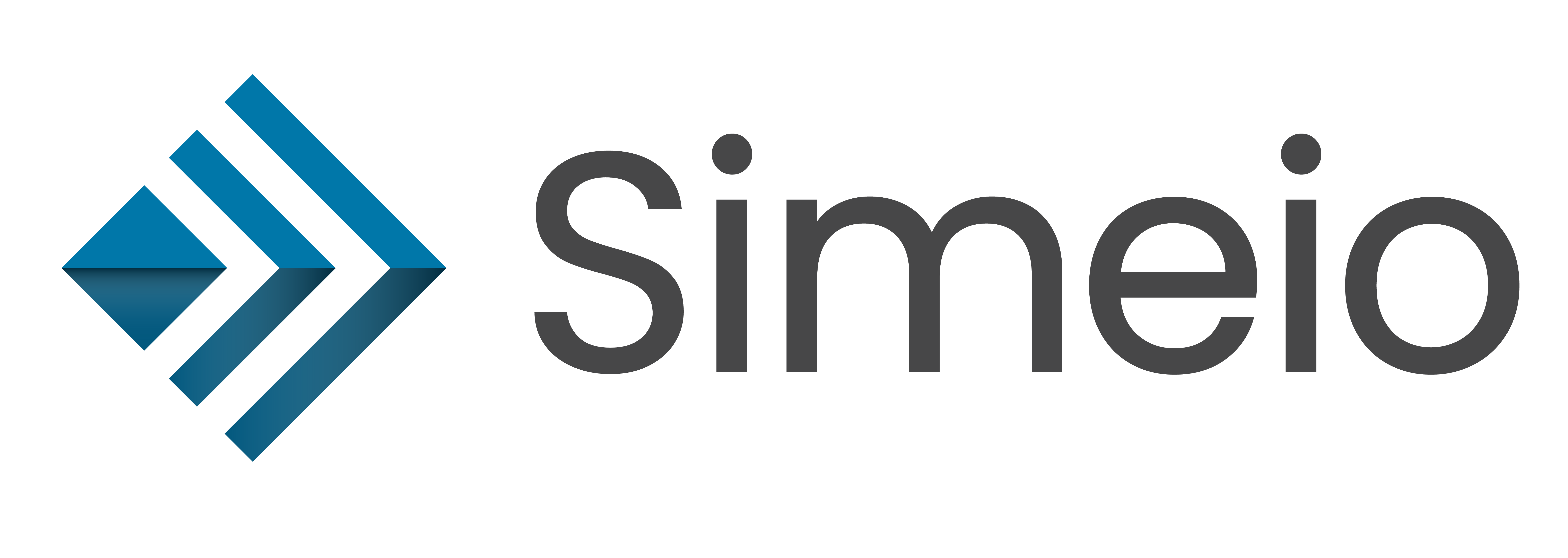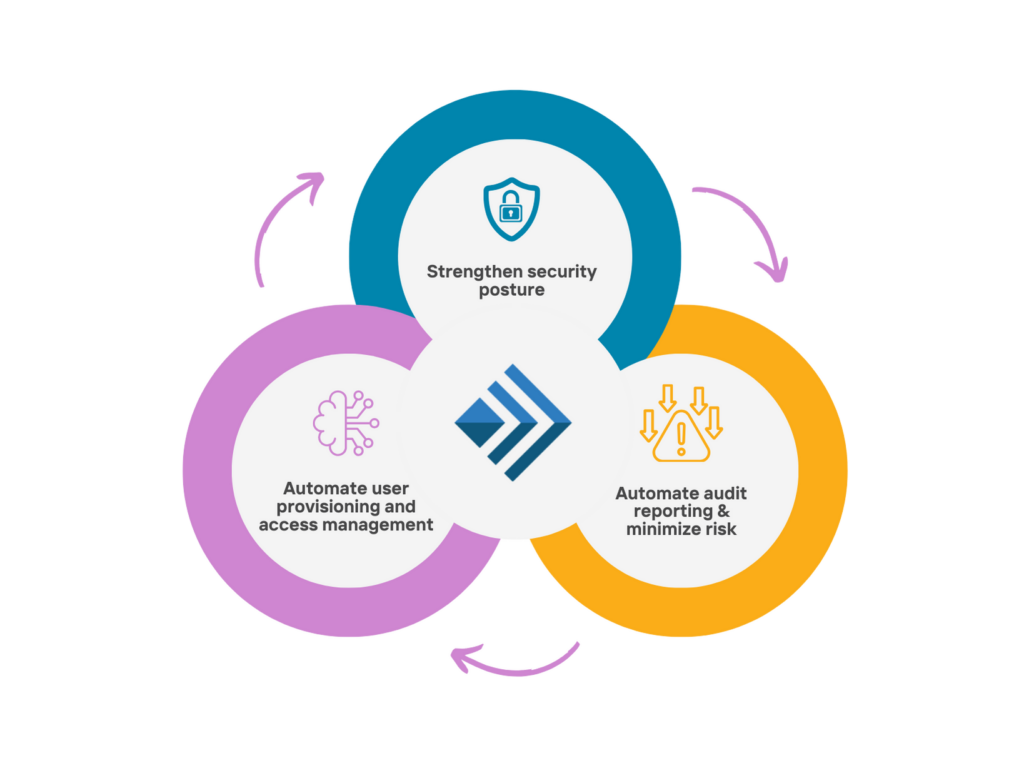
Organizations must regularly deal with internal, external, vendor, and machine identities. Most of these identities would have different sets of accounts and access across enterprise applications. Giving a detailed account of the past months or even years fills accountants with frustration and other departments with dread. Yet in the realm of data management, and especially cybersecurity, this information must always be meticulous and comprehensive. When even a momentary lapse in standard operations means trouble, each byte counts. It is most ironic that the best way to alleviate the burden of an identity audit is to have it be ongoing through an IAM audit program.
This sounds counterintuitive. How can multiplying the worst day of the year by 365 do anything but make life horrible? The answer lies in how this audit program is designed, provisioned, and executed upon. Form the basis with a solid reporting and monitoring system, aid that system with a proper identity platform, and automate these processes as much as possible. Enterprises that take these steps remove the headache of audits altogether by frontloading the effort and setting up future ease.
Start with a Reporting Program
Answering the 6 identity and access security questions forms the core of a responsible IAM audit program. Your enterprise must know when someone uses your company machines improperly or someone tries to breach in. In either case, you must stop it immediately. Even a few moments of bad actors gaining access to sensitive systems is a huge loss, to say nothing of when a breach goes unnoticed for months. However, when supported by a solid reporting program, your enterprise is less vulnerable. Such a program can trace your problem to the source and, if provisioned with a strong PAM solution, cut it off the instant it appears.
Without good reporting, your IT staff contend with multiple data anomalies. Stories where better reporting would have prevented major data breaches litter cybersecurity news feeds. The 2013 Target HVAC breach is a landmark example, demonstrating the danger of leaving gaps in reporting strategies. This is especially true on third-party systems. But with good reporting protocols enforcing a well-designed cybersecurity policy, your risk posture dramatically improves.
However, before instituting an intelligent and appropriate reporting policy, your enterprise needs to know the current state of your identity fabric. Furthermore, you need to know what your ideal policy looks like. Start with a third party assessment, either internally or through a third-party of experts, to perform an IAM maturity benchmark. Doing so not only informs you of what your foundational identity and access policies should be, but also shapes all subsequent developments. This sets you up for success in achieving an optimal identity strategy.
Do Your IAM Audit Program Right
Just as an IAM audit shouldn’t be delayed, neither should you hold off on implementing your IAM audit program. Just as implementing your IAM policy requires a long hard look at your existing infrastructure and long-term challenges, your audit program requires thorough planning. First, you need to recognize your objectives with the audits. What compliances do you need to satisfy? Which vectors do you need to protect? What areas of importance do you need to watermark ROIs on?
Next, consider what metrics you need to collect to fulfill those objectives. Regulations like NERC CIP require extensive demonstration of due diligence towards significant identity cybersecurity measures. Daily operations require constant bookkeeping as well. In case a bad actor penetrates your defenses, a detailed moment-to-moment log helps track down and remediate breach events.
Finally, make sure that you introduce regularity into your IAM audit program. This doesn’t just translate to holding an audit on the same day every year. Rather, it means reviewing the data collected by your program and parsing it into a meaningful analysis. One of the core goals of your program is to enhance IAM Maturity. This means that your IAM audit program must deliver meaningful insights, not mere reams of data. Ordinarily this would mean devoting extreme amounts of manpower to fulfilling the collection and analysis tasks effectively. But in the modern day, automation becomes your saving grace.
Take the ‘Awful’ out of Audits with Automation
As a rule, employees do not like IT audits or IT auditors. Fortunately, the heaviest burdens imposed upon time and budget can be greatly pared back by investing in bespoke automation solutions. Not only does this make things much easier for employees who can then turn their attention to more strategic work. It also greatly decreases the chances of errors and ensures that your results will be useful.
Automation plays a large role in the success of features like adaptive MFA and SSO, removing the authentication burden from people and placing it on machines. A similar principle applies to automating your IAM audit program. Enforcing the principle of least privilege and recording that enforcement is key to not only showing your systems are pulling their weight. It also shows that you are heading off potential breach events.
Mature IAM requires optimized user identity integration. Equip your systems with the capability to migrate existing users as well as onboard new identities and applications. Doing so has the potential to cut down onboarding times by 89% and onboarding costs by 65%. Additionally, having an expert advisement team with you during IAM benchmarking helps fortify against emergent threats. Their forward-thinking insights drive futureproofing measures in your identity architecture. This not only makes your system more resilient in the short term but also makes it more responsive and adaptable in the long run.
Simeio: Your Ideal IAM Audit Program Partner
Simeio is the industry leader in executing digital transformations with IAM maturity at their center. Perhaps your enterprise is wisely considering starting off with a benchmarking session or finds itself mid-way through a haywire rollout. Simeio is your optimal optimization go-to in either case.
Talk to a Simeio advisor now and learn what optimal cybersecurity looks like for your organization.

